Energy storage has the potential to allow the grid to be driven by intermittent renewable energy. Electricity demands are expected to experience higher growth due to penetration of electric transportation in all modes and electrification of energy usage.
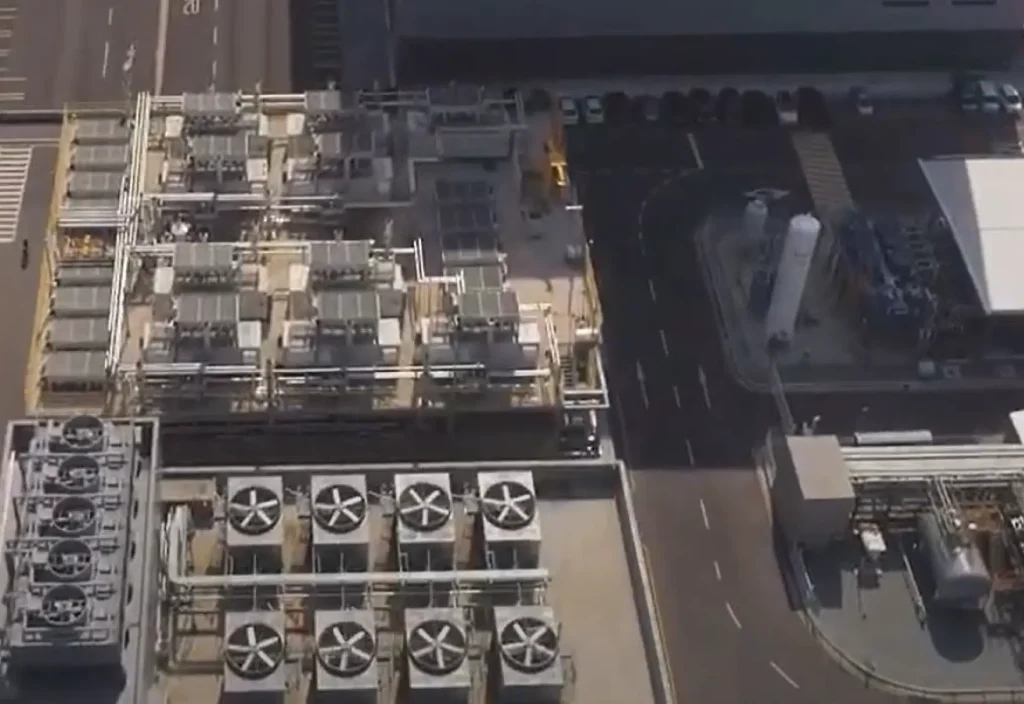
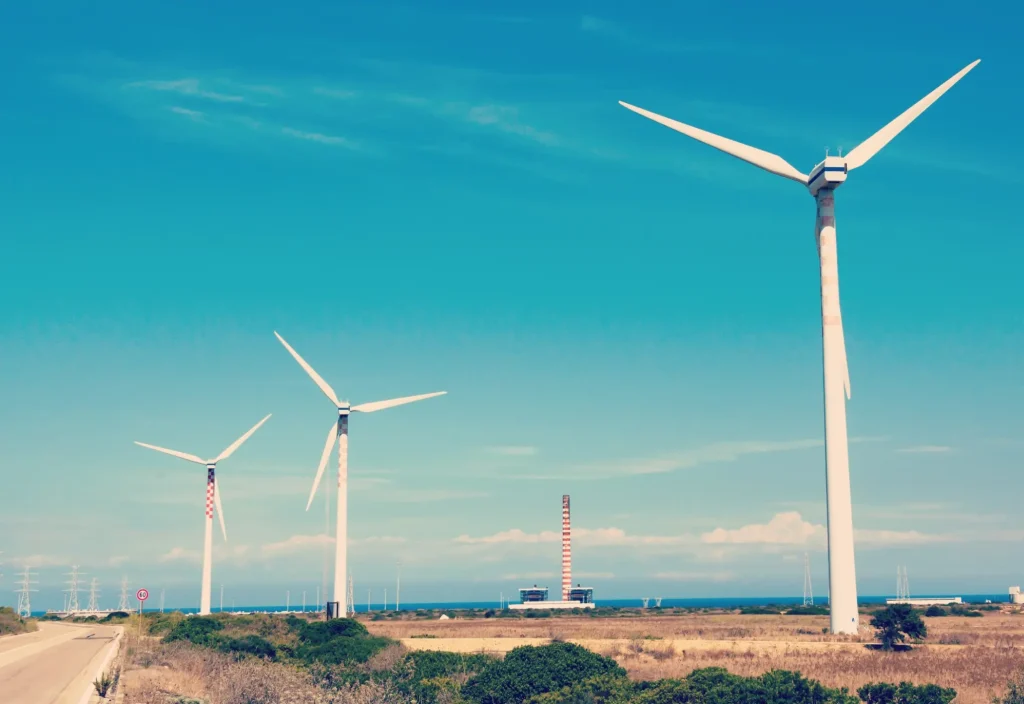
Isolated from supply lines, islands require to reduce electricity costs, improve grid reliability, respond to customer demands anytime and increase renewable energy deployment. Islands suffer devastating storms too. To handle these challenges, islands are tapping solar and wind power. Also, when incorporated energy storage into an island, customers can avoid expensive peaking power plants costs.
Data centers range in size from localized “edge” data centers with small electricity demands (100s of kW) to hyperscale data centers with large electricity demands (100s of MW). Data center providers will aim to decarbonize electricity demand but also meet true 24/7 time-matched decarbonized electricity demand. Data center electricity loads are expected to rise to support increasing data traffic from cloud computing, 5G communications, and artificial intelligence.
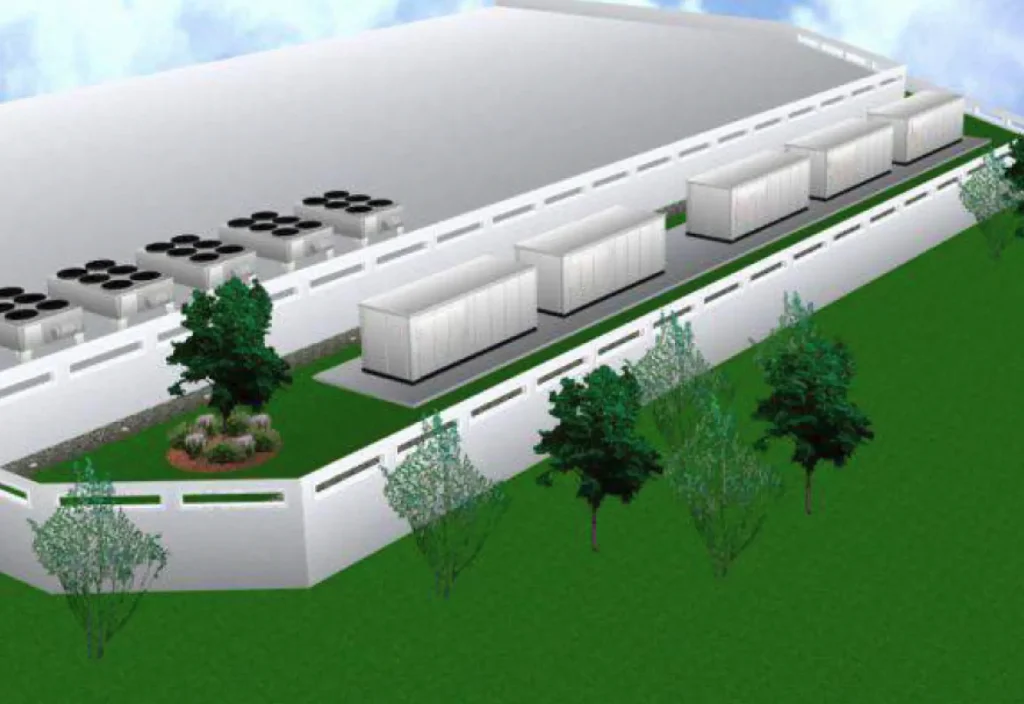
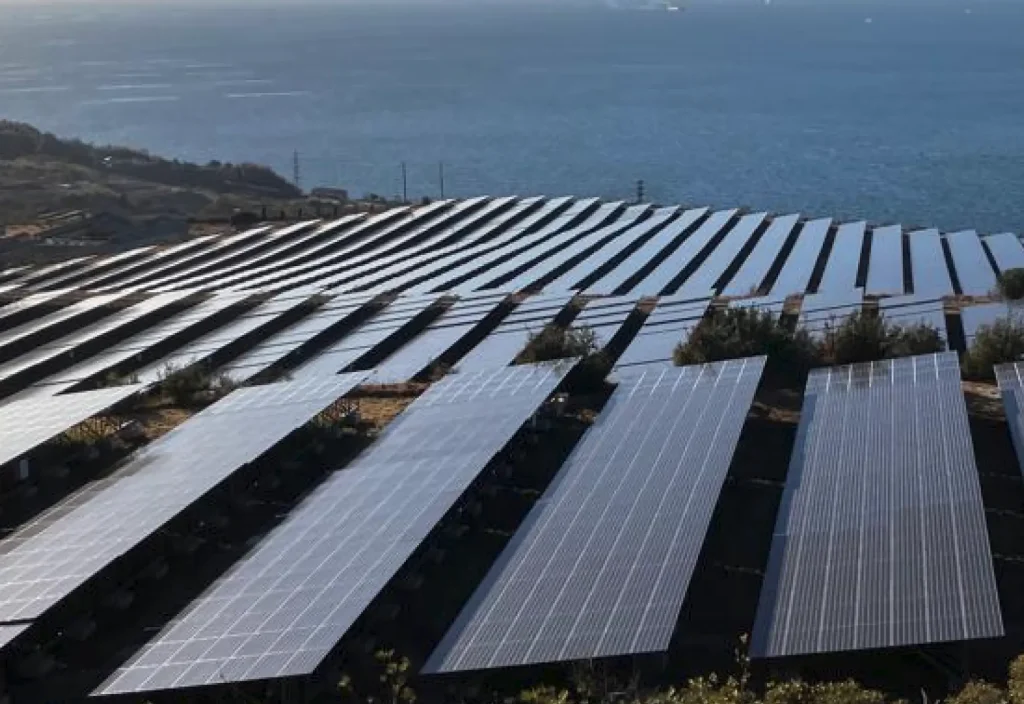
Micro-grids are small, advanced electric grids with features that make them capable of managing energy and ensuring its reliable delivery. Self-sufficient, a microgrid serves a discrete geographic footprint, having goals similar to those of the islands. Within microgrids are several distributed energy resources (solar panels, wind turbines, CHP, generators, etc.) that generate electric power. In addition, microgrids may contain energy storage. Governed by advanced software, microgrids are highly adept at managing resources to achieve a customer’s energy goals, whether they be based on pricing.
We will prepare an economic analysis of savings coming from long-duration energy storage at no-cost